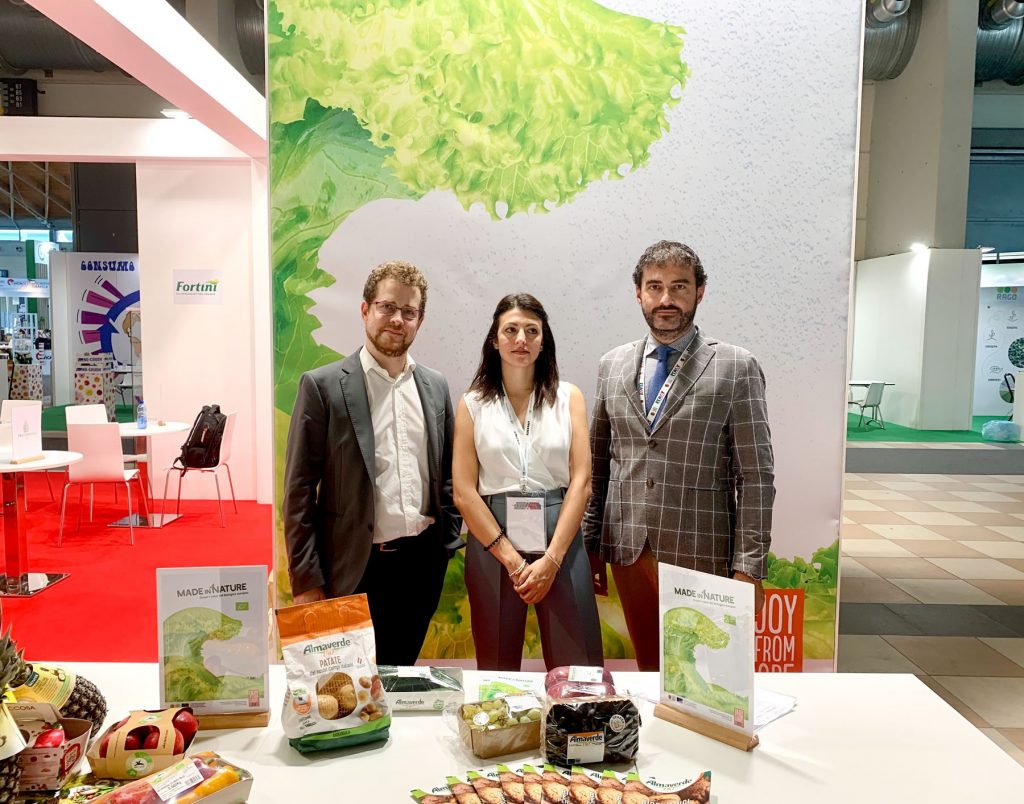FERRMED chairman, Joan Amorós, explains the key solutions needed to achieve a modal share of 30% for rail transportation in Europe
What are the objectives of the “FERRMED Study of Traffic and Modal Shift Optimisation in the EU”?
The objective of the study is to recommend efficient solutions to reach the goal set by the European Commission that 30% of goods be transported by rail by 2030. It identifies the major transportation channels where new train transportation facilities could be invested with more efficiency. For example, the 3 major traffic lines in Spain are the Mediterranean Corridor, the Ebro valley, mainly in the section Barcelona – Zaragoza, and Madrid – Euskadi. Between 9,000 and 12,000 trucks circulate daily in the Mediterranean Corridor.
What is the state of play of the FERRMED study?
Europe transports 18% of its merchandise by train; in Spain, it is only 4%. Today’s investments in the railway network by EU states are made without socio-economic criteria. If this continues, it will be impossible to reach the objective of 30% share of transportation. It is critical that more investment is made in the more crowded sections of the corridors. Due to their lack of flexibility, trains are too inefficient for most merchandise like agrifood products or manufactured goods, which are usually distributed with “0 stock”. Significant improvements are required both in the capacity and the flexibility of the railway. Several new multimodal terminals are also needed between the main origin and destination stations, for more flexible solutions involving containers, trailers and trucks, including for transportation of perishables.
Does the FERRMED study provide innovative solutions to the existing problems?
FERRMED recommends the use of a new system, “+FIRRST”, with three levels of implementation in the most crowded sections of the main logistics corridors in Europe, in which 65% of the entire traffic of the Core Network is concentrated in just 26% of the European network (18,000 out of 70,000km in total).
Level 1: interconnected and electrified wagons are needed to be able to combine refrigerated semi-trailers and containers on the same train. All the major rail interconnections must also be fully electrified.
Level 2: the use of “point-to-point” trains, going from origin to final destination with the option of additional trains (Sai) that stop at established intermediate multimodal stations for road-rail loading/unloading (freight trains operating like the passenger trains).
Level 3: this consists of the use of additional trains able to stop “on-demand” at any multimodal point situated on their line. The first option would see the trains stop at predetermined intermediate terminals according to a schedule established only a few hours before departure from the origin terminal. In the second option, the train (Sar) could stop in additional terminals on real-time demand. It is a particularly suitable solution for F&V transportation, since it would provide the use of rail transportation of semi-trailers or containers, facilitating access to all kinds of destinations without significantly adding transit time.
Why do you consider that “FERRMED Fast, Flexible, Integrated Rail-Road System of Transport (+FIRRST)” implementation could be the best solution, for perishables in particular?
It is clearly the best solution. The +FIRRST system puts the railway at the service of the road. It allows all kinds of destinations to be covered at minimum cost and transit time.
The creation of a European traffic agency is required, to continuously monitor and control the circulation of merchandise by road and rail, as with air traffic, in order to instantly provide interconnections between logistics operators and intermodal terminals in the combined road and rail transportation system. The key point is to know, in real time, the location of the trains and trucks to allow flexible multimodal connections.
The objective of FERRMED in 2023 is to disseminate the results of the study and its proposed solutions, and establish a pilot project. The future Pulpi-Bettembourg line could be a good test for the fresh produce sector.





